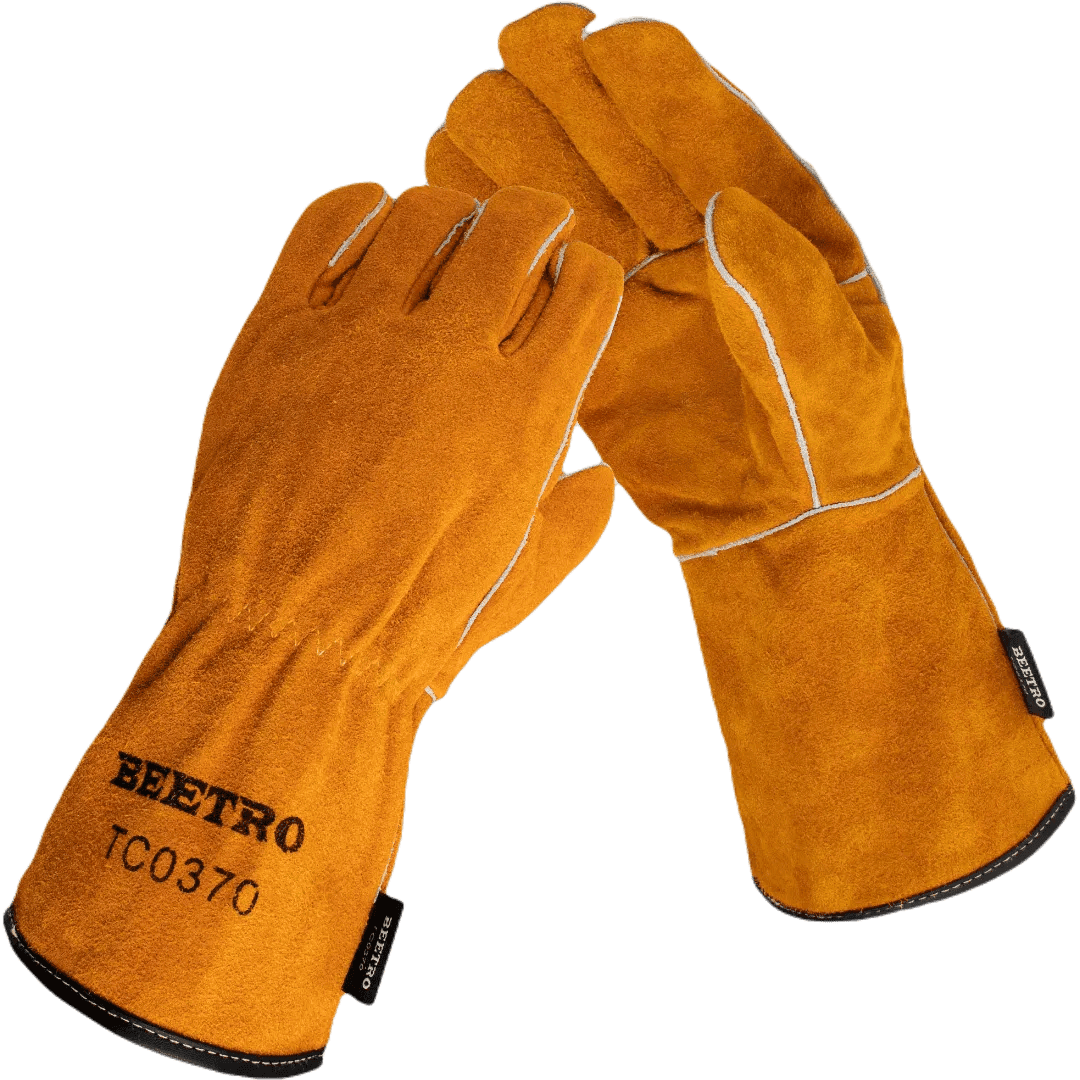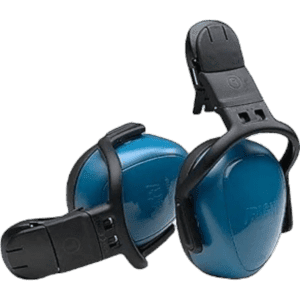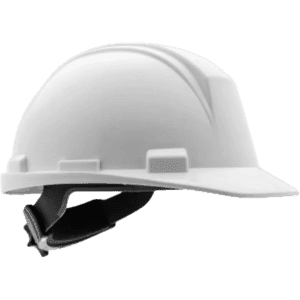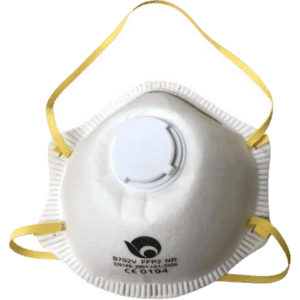Welding leather gloves are essential PPE for anyone working with welding equipment, providing protection against the high temperatures, flying sparks, molten metal, and sharp edges encountered during welding tasks. Made from high-quality leather, often cowhide or goatskin, these gloves are durable and offer excellent flexibility, allowing for precise movements while providing heat resistance. Leather welding gloves may also feature additional insulation layers for further heat protection and reinforced palms and fingers to prevent abrasions from metal handling.
Key Features:
- Heat Resistance: Leather gloves are naturally resistant to heat and provide protection against hot surfaces, sparks, and molten metal.
- Durability: Made from tough, long-lasting leather that withstands the rigors of welding.
- Comfort and Flexibility: Soft, flexible leather allows for good dexterity while maintaining protection.
- Reinforced Palms and Fingers: Provides extra protection in high-wear areas.
- Extended Cuffs: Often come with long cuffs that protect the wrists and forearms from sparks and heat.
Types and Standards: Welding gloves meet safety standards such as EN 388 for mechanical risks (abrasion, cut, tear, puncture) and SASO 3145 for industrial use. The main types of welding gloves include:
- Heavy-Duty Leather Gloves: Designed for high heat and heavy-duty welding applications.
- Light-Duty Welding Gloves: Suitable for lighter welding jobs with less exposure to extreme temperatures.
Brands Available:
Leading brands offering welding leather gloves include Lincoln Electric, Revco, Tillman, Ironclad, and Miller. These brands provide high-quality gloves with a range of features suited to various types of welding.
General Maintenance: Leather welding gloves should be cleaned after each use to remove dirt, oil, and welding residue. Use a mild detergent and warm water, then allow them to air dry naturally. Avoid direct heat sources for drying. Store gloves in a cool, dry place, and regularly inspect for damage, such as cracks or wear in high-stress areas. Replace gloves if they become too worn or damaged to maintain effective protection.





